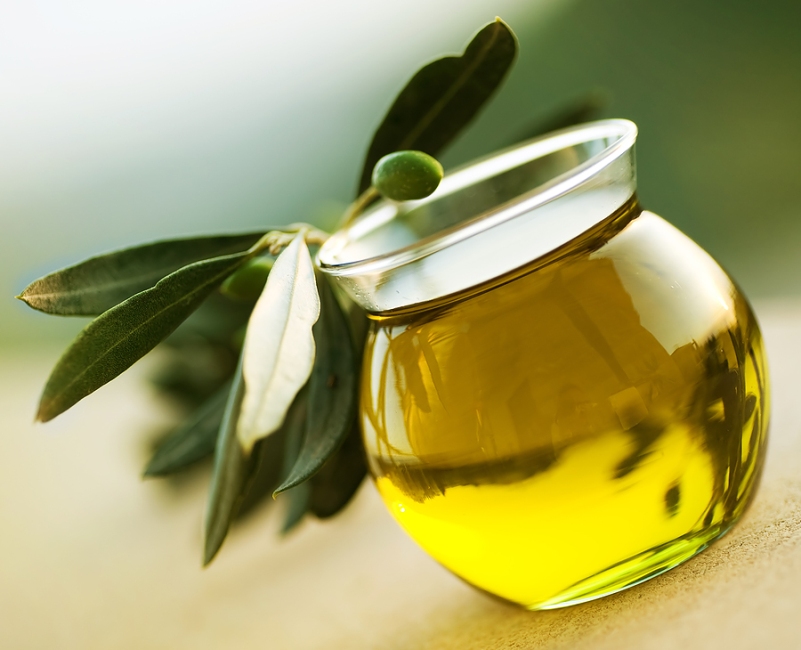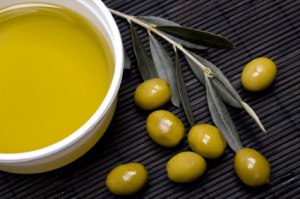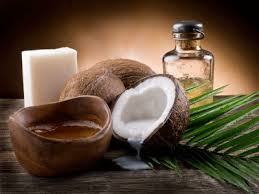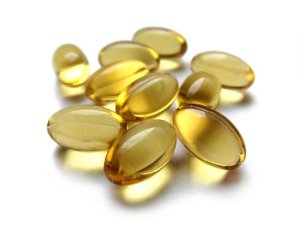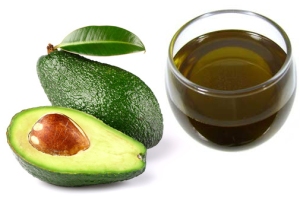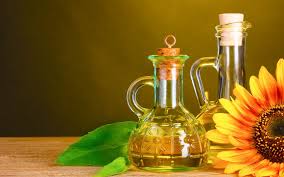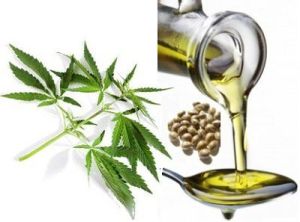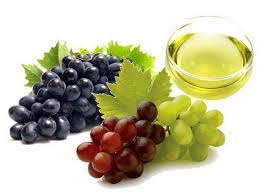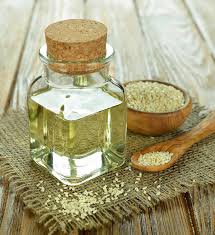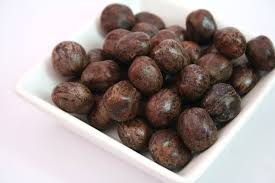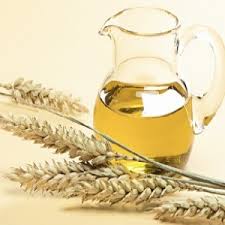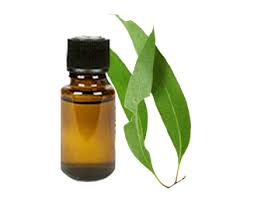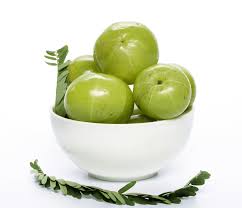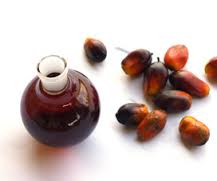Hi Guys,
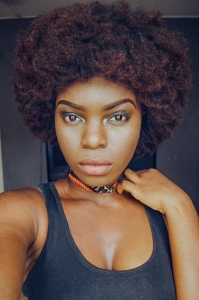
I have observed recently that quite a number of Naturalistas are becoming more enlightened about the use of heat. While the use of heat is, of course, a plausible choice to make when it comes to time management,you might want to consider the long term effects and possibilities. I’m talking about hair thinning, brittleness and irreversible hair straightening, to mention a few.
Before making the decision to return natural, number one fact you must come to terms with is the we can’t have it all. The permed hair folks can not pull of some of our looks and we also can not pull off some of their looks. Yes our hair is versatile, yes we can afford to pull of the afro look and the straight hair look (for a short term period) but at what expense?
I understand how one can be bored of the afro look and just want to spice things up. The point is, you must know what the long term effects of using heat are. Our overall hair goal is determined by our day to day hair care practices. For instance if you’re the type that is aiming for really long hair, using heat regularly will further lengthen the process as you will need to trim more than expected.
I will not deny the fact that certain hairstyles look a whole lot better when done on stretched or blown out hair. Luckily, threading is fast becoming a popular and reliable method of achieving a blowout and quite a number of people are starting to incorporate this practice into their hair care routine. However, there are a few rules we should imbibe in order to have a successful heatless blowout via threading. Shall we?


I had these in for about 3 days…



- Density: The thickness of your hair will determine the size of the sections in which it will be threaded. For very thick hair, it is advisable to thread in smaller sections in order for it to air dry within a shorter period of time.
- Moisture: It is imperative to moisturize your hair before threading instead of immediately after. Why? The main content of a moisturizer is water. Water + Natural Hair = SHRINKAGE, which is why your hair is about to be threaded in the first place.
- Wet or Dry? The best time to thread hair is while it is damp. Not dry, not dripping wet…damp. If you are going to thread your hair on washday, give it some time after washing to air dry a little before threading it. If on regular days, dampen your hair with water, moisturize and carry on with the threading.
- Detangle: Detangling damp, shrunken hair is hard enough. Detangling dry stretched hair is FRO SUICIDE! Breakage comes easy in this situtation.
- Takedown: Ensure you take down the thread when you are certain your hair is completely air dried. If you take it down while there is still dampness, it may shrink right back depending on the dampness level.
- Protective Styling: If the goal of stretching your hair is to put it in a protective style, especially braids, do not loosen the entire hair! Loosen and install braids section after section so the other parts don’t shrink before you finally get to them.
…Remain Estinated…

